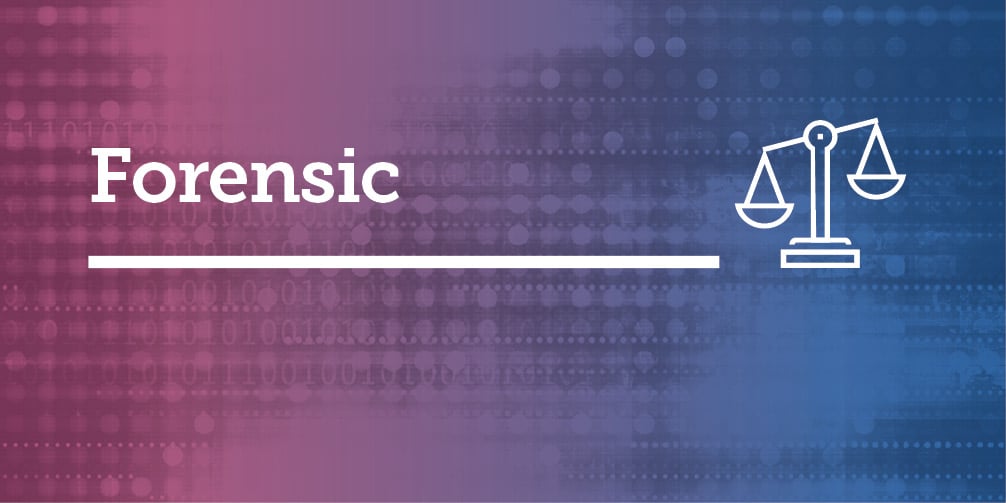Evolution of Deindividuation Theory
Classic Theories
Gustave Le Bon's Crowd Psychology is a seminal work, laying the groundwork for deindividuation. Le Bon proposed that individuals, when part of a crowd, experience a loss of individuality, leading to a reduction in internal restraints and a propensity for impulsive and unconventional behavior. This concept was foundational in shaping subsequent explorations into group dynamics.
1950s Pioneers
In the 1950s, Festinger, Pepitone, and Newcomb coined the term "deindividuation" and furthered the understanding of this phenomenon. Their research suggested that losing individual identity within a group context catalyzes uninhibited and unconventional behavior. This period marked a significant shift in the conceptualization of deindividuation within social psychology.
Expansion of the Deindividuation Model
Subsequent theorists, including R. C. Ziller and P. G. Zimbardo, built upon the initial foundations and expanded the deindividuation model. They introduced specific situational conditions and diverse contributing factors, acknowledging the intricate interplay of variables influencing deindividuation. Zimbardo's Stanford Prison Experiment, conducted in 1971, is a prominent example. The study demonstrated how situational factors, such as anonymity and a perceived loss of individuality, can lead to drastic changes in behavior, emphasizing the impact of deindividuation on group dynamics.
Contemporary Perspectives: Embracing Complexity
Deindividuation is a concept in social psychology studied in depth over the years. Recent advancements in this field have brought more dimensions to the idea, with scholars like Ed Diener contributing significantly to this understanding. Diener's research has focused on internal cognitive processes and self-awareness, adding more complexity and depth to our knowledge of deindividuation. His work has highlighted the internal intricacies that contribute to this phenomenon, emphasizing the influence of personal introspection and awareness of one's thoughts and feelings. This emphasis on internal dynamics provides a deeper understanding of how individual cognitive processes contribute to the broader phenomenon beyond the traditional collective perspectives explored by earlier theorists.
The Social Identity Model of Deindividuation Effects (SIDE) is a significant contemporary advancement that Russell Spears and Martin Lea developed. This model illustrates how individuals within a group context negotiate the dynamic interplay between their identity and the deindividuation process. The SIDE suggests that deindividuation can enhance and challenge identity affirmation as individuals grapple with aligning their identity to the group's collective identity. This contributes to a nuanced understanding of the intricate relationship between deindividuation and identity dynamics, further manifested by individuals aligning their behavior closely with perceived group norms, fostering a heightened sense of shared identity and conformity within the collective setting.
As we navigate these more recent perspectives, it becomes apparent that deindividuation is not a single concept but dynamic and shaped by several internal and external factors. The contemporary lens allows us to appreciate the intricate interplay between individual cognitive processes, social identity, and the broader context, thereby enhancing our ability to grasp the nuanced manifestations and implications of deindividuation in complex social settings.
Empirical Discoveries: Illuminating Insights
The empirical journey into deindividuation has been marked by groundbreaking studies that shed light on its various facets. Milgram's exploration of blind obedience provided insights into deindividuation-like scenarios, exposing the malleability of individual behavior in specific social contexts. Zimbardo's prison experiment illustrated the potential for aggression in deindividuated conditions, further reinforcing that the loss of self-awareness can have profound implications.
Various studies on deindividuation's effects on trick-or-treaters, aggression, and group polarization contribute to our understanding of human behavior. For instance, research on trick-or-treaters suggested that deindividuation in group settings can trigger behaviors avoided in normal circumstances. Additionally, studies on aggression highlight a correlation between reduced self-awareness in groups and increased aggression. Moreover, exploring group polarization demonstrated that diminished individual accountability in specific contexts amplifies existing beliefs, fostering more extreme collective opinions.Applications and Controversies: Real-World Implications
The applications of deindividuation extend far beyond academic inquiry, manifesting in various real-world contexts. From disciplined structures like police forces and the military to the boundless reach of the internet and the dynamics of sports teams, gangs, cults, and social organizations, deindividuation is evident in both prosocial and antisocial actions.
Yet, controversies persist on the external validity of deindividuation research. Skeptics argue that group norms may influence its manifestations, questioning the consistency of non-normative behaviors attributed to deindividuation. The Social Identity Model of Deindividuation Effects advocates for a contextual understanding, urging us to consider the role of situational norms in interpreting the effects of deindividuation.
Conclusion
The journey through deindividuation is akin to navigating social psychology. From the seminal work of classic theories to the complexity of contemporary perspectives, from empirical insights to real-world applications, deindividuation remains a captivating lens through which we observe the interplay of individual identity and collective dynamics. As we explore its depths, we highlight the complexities inherent in group behavior and the profound impact that the loss of self-awareness can have on the human psyche.
Additional Resources:
Training
Blog Post
A Career Path in Counseling Isn't Always Straightforward. Learn More About Your Options with our Free eBook.









